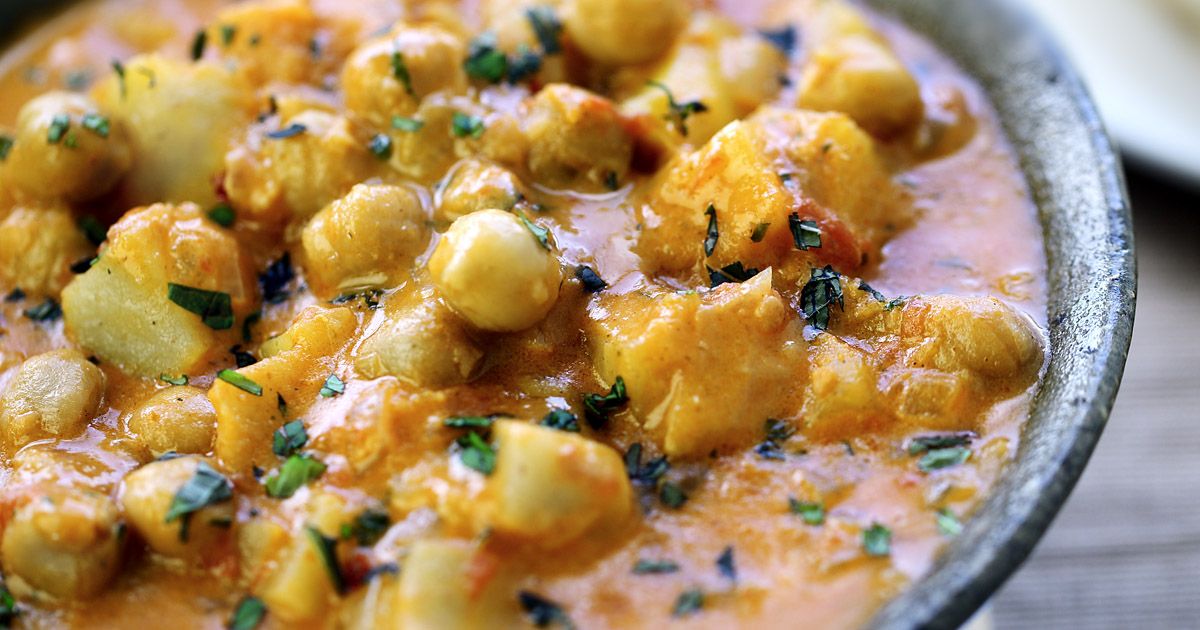Are you looking for some delicious and authentic South Indian vegetarian recipes to add to your repertoire? Look no further! These dishes are bursting with flavor, spice, and soul-satisfying goodness.

Why You’ll Love This Recipe
- Fresh ingredients and bold flavors
- Easy-to-follow steps
- Plenty of seasoning options for a customized taste experience
Ingredients:
- 1 cup basmati rice, rinsed and drained
- 2 cups water
- 3 tablespoons oil or ghee
- 1 teaspoon mustard seeds
- 1 dried red chili pepper (optional)
- 10 fresh curry leaves
- 1 onion, chopped
- Salt to taste
How To Make This Recipe:
- In a medium saucepan over high heat, bring the water to a boil.
- Add the rice and salt; stir well.
- Cover the pan with a tight-fitting lid; reduce heat to low.
-
Cook undisturbed for approximately 20 minutes until all liquid is absorbed by the rice.
-
Meanwhile, in another skillet over medium-high heat add oil or ghee until hot but not smoking.
- Add mustard seeds and allow them to crackle in oil for few seconds (around six). Then add red chili pepper followed by curry leaves.
- Sauté onions gently till golden brown color appears on it.
8) Pour this tempering on cooked Rice.
9) Stir well using fork.
Note: You can also use leftover cooked rice instead of cooking fresh rice from scratch.
Cooking Time & Temperature Guidelines:
Cooking time: Approximately twenty minutes
Temperature Guidelines: Boil water at high temperature initially then lower it down on simmer once adding rice kernels into it.
My Pro-Tips:
If you want any specific grainy texture of your choice like soft / hard, cook accordingly.
Seasoning Options:
- Add fresh or dried herbs to your preference
- Use different oils (such as sesame or coconut)
- Include extra spices
Recipe Tips:
Rinse rice thoroughly before cooking it for best results.
Do not over-stir the rice while cooking, as it can become mushy.
Recommended Tools to Make this Recipe:
- Medium saucepan with tight-fitting lid
- Skillet/ Tadka pan with handle
To Sum Up:
This South Indian vegetarian recipe presents a delicious and flavorful take on classic Basmati Rice that is easy-to-make, customizable in terms of seasoning options, and perfect for any meal throughout the day.
FAQs
Sure, here are three popular FAQs and answers for soul-satisfying South Indian vegetarian recipes:
Q1. What are some must-try South Indian vegetarian dishes?
A1: There are many delicious and soul-satisfying South Indian vegetarian dishes to try, but some of the most popular ones include dosas (crispy rice pancakes), idlis (steamed rice cakes), sambar (aromatic lentil stew), rasam (spicy tomato soup), coconut chutney, vegetable curry, avial (mixed vegetable dish with coconut gravy), pongal (rice and lentil porridge), and more. These dishes typically feature fragrant spices like cumin, coriander, turmeric, mustard seeds, as well as fresh herbs like curry leaves.
Q2. Are all South Indian vegetarian recipes spicy?
A2: While it’s true that many South Indian recipes use spices that provide heat like chili peppers or black pepper – not all recipes are necessarily “spicy.” The amount of spice used in a recipe often depends on personal taste preference or regional differences. However, there are plenty of mild or less-spicy options such as coconut milk-based curries which can still be flavorful without being too hot.
Q3. Can I make these dishes without access to traditional ingredients?
A3: Many staple ingredients in South Indian cuisine may be challenging to find outside of India or large metropolitan areas with specialty stores – such as tamarind paste or specialty flours made from rice flour or chickpea flour. That said, there is typically flexibility within the cuisine when it comes to ingredient substitutions; For example using lemon juice instead of tamarind paste or cornstarch instead of specific flours can work just fine. Alternatively modifying certain flavor components slightly by using easily available substitutes from other cultural cuisines might also help create a new unique taste profile while allowing home cooks to experiment without compromising authenticity.



